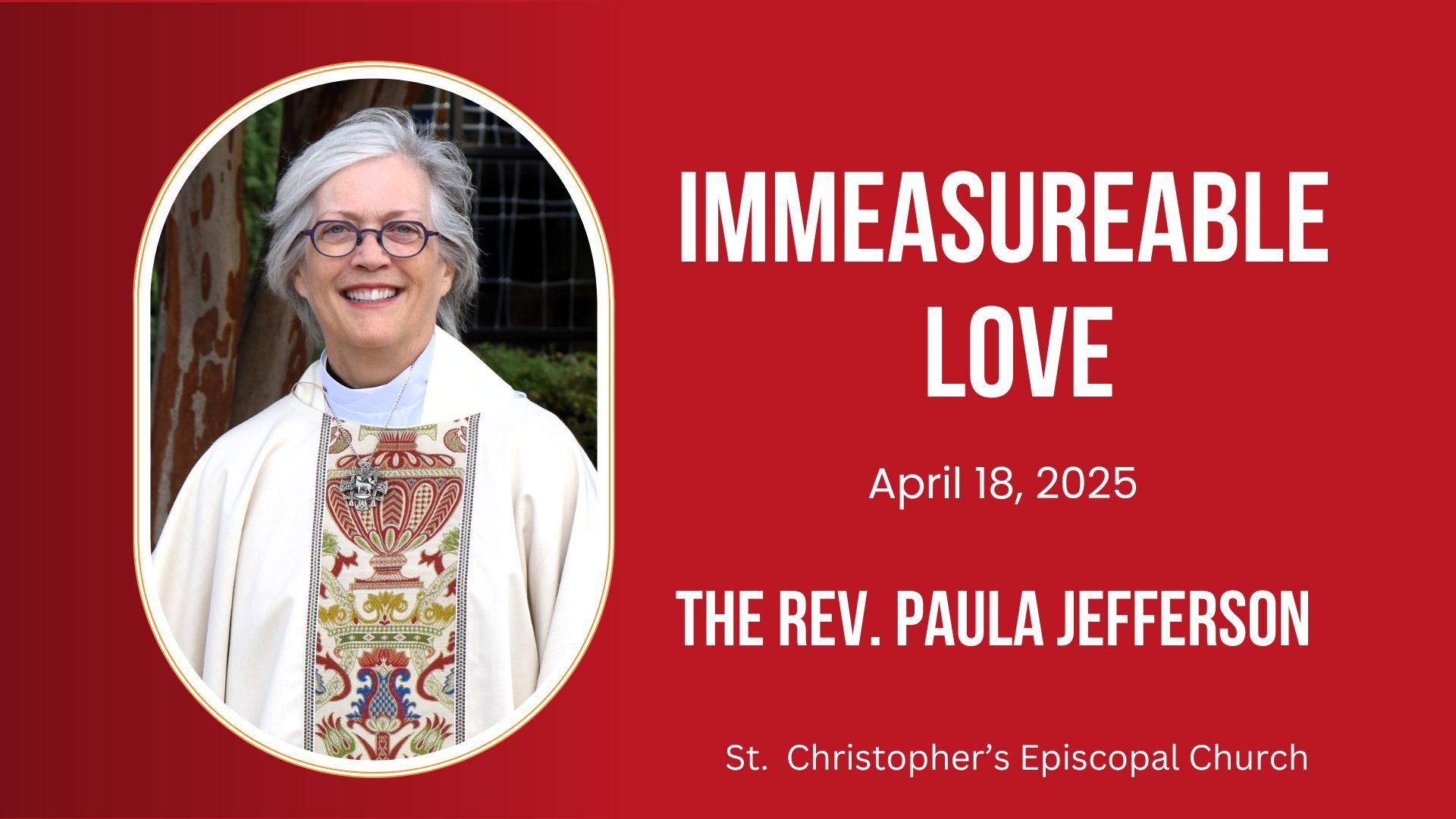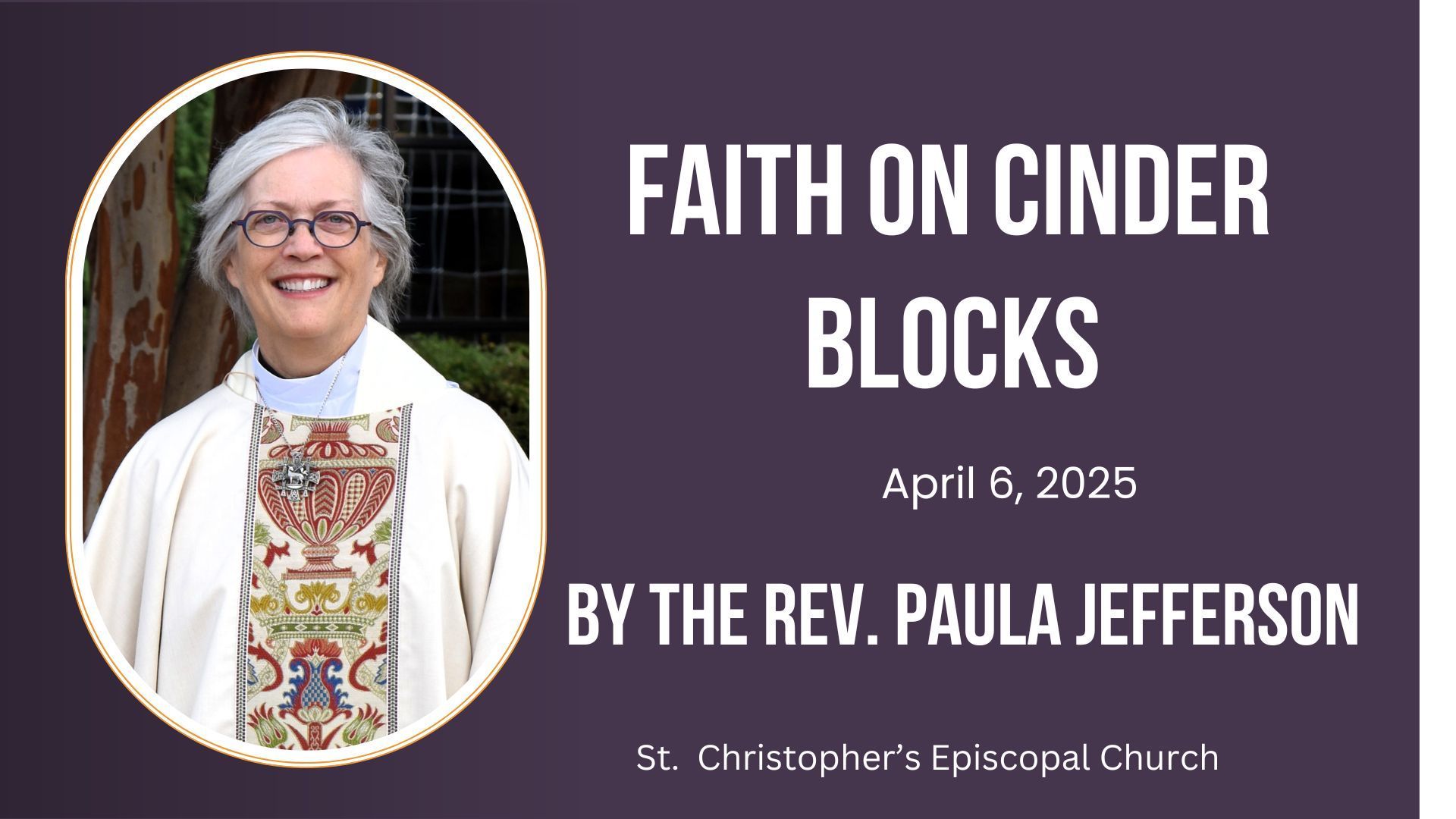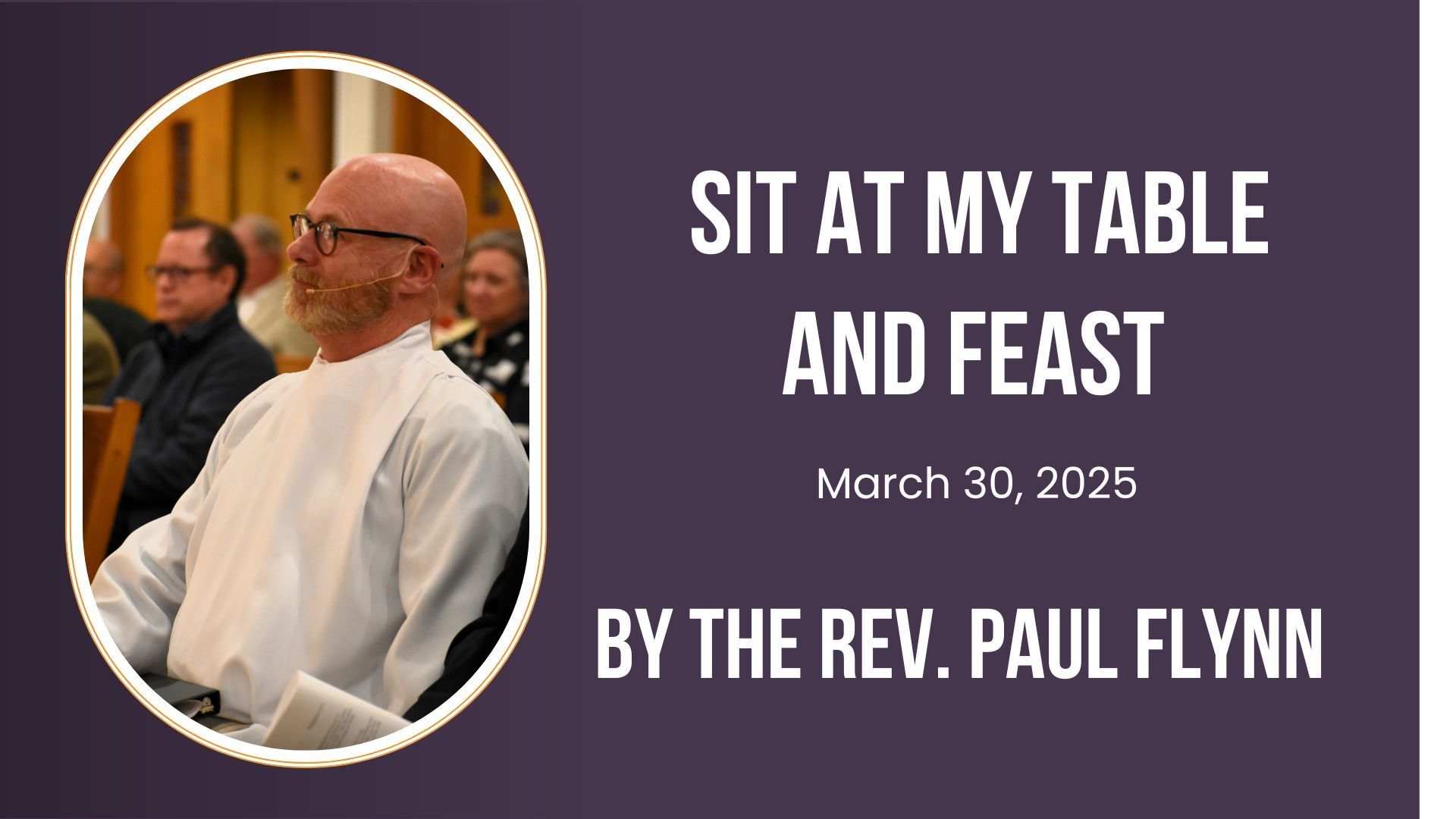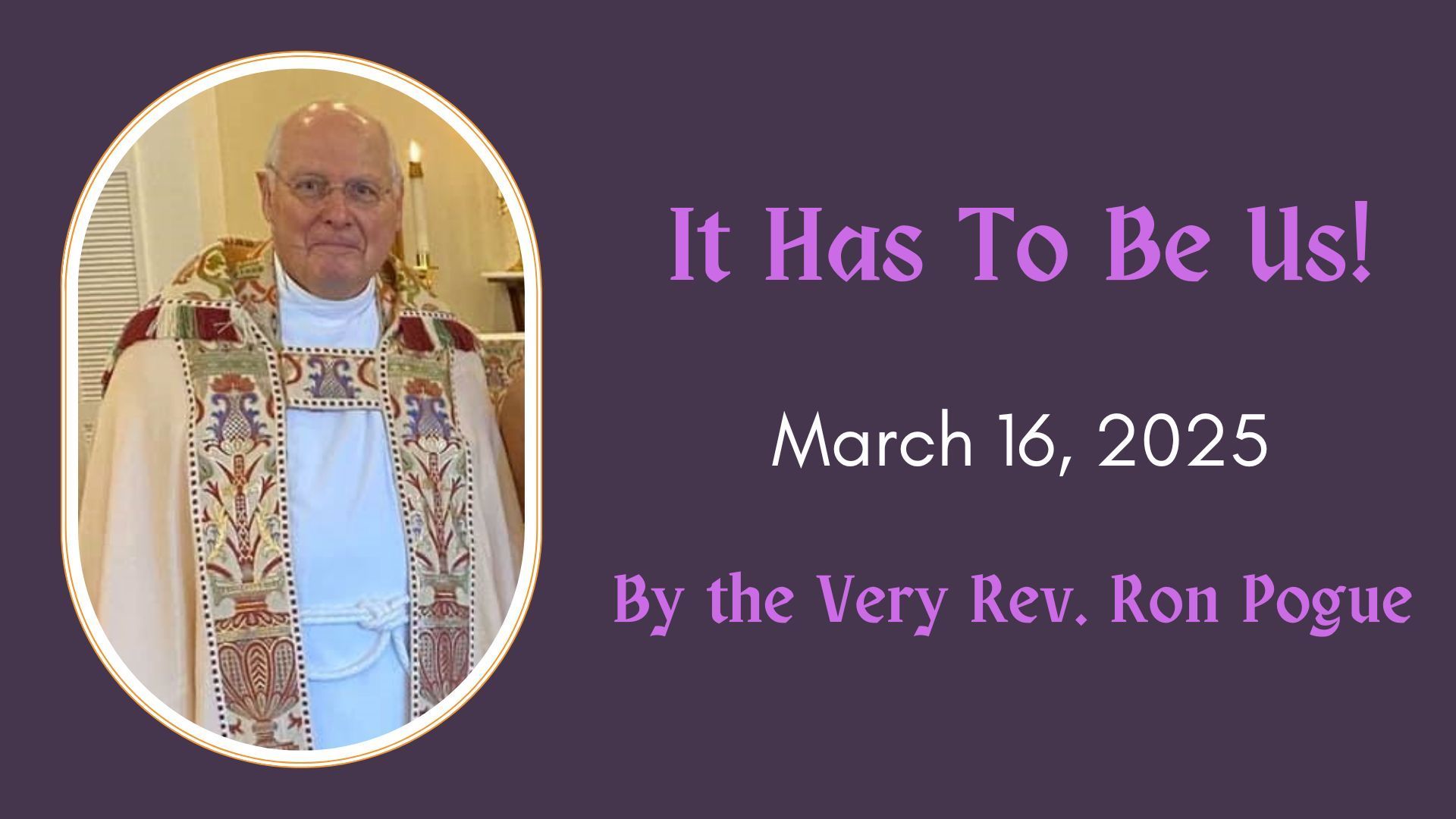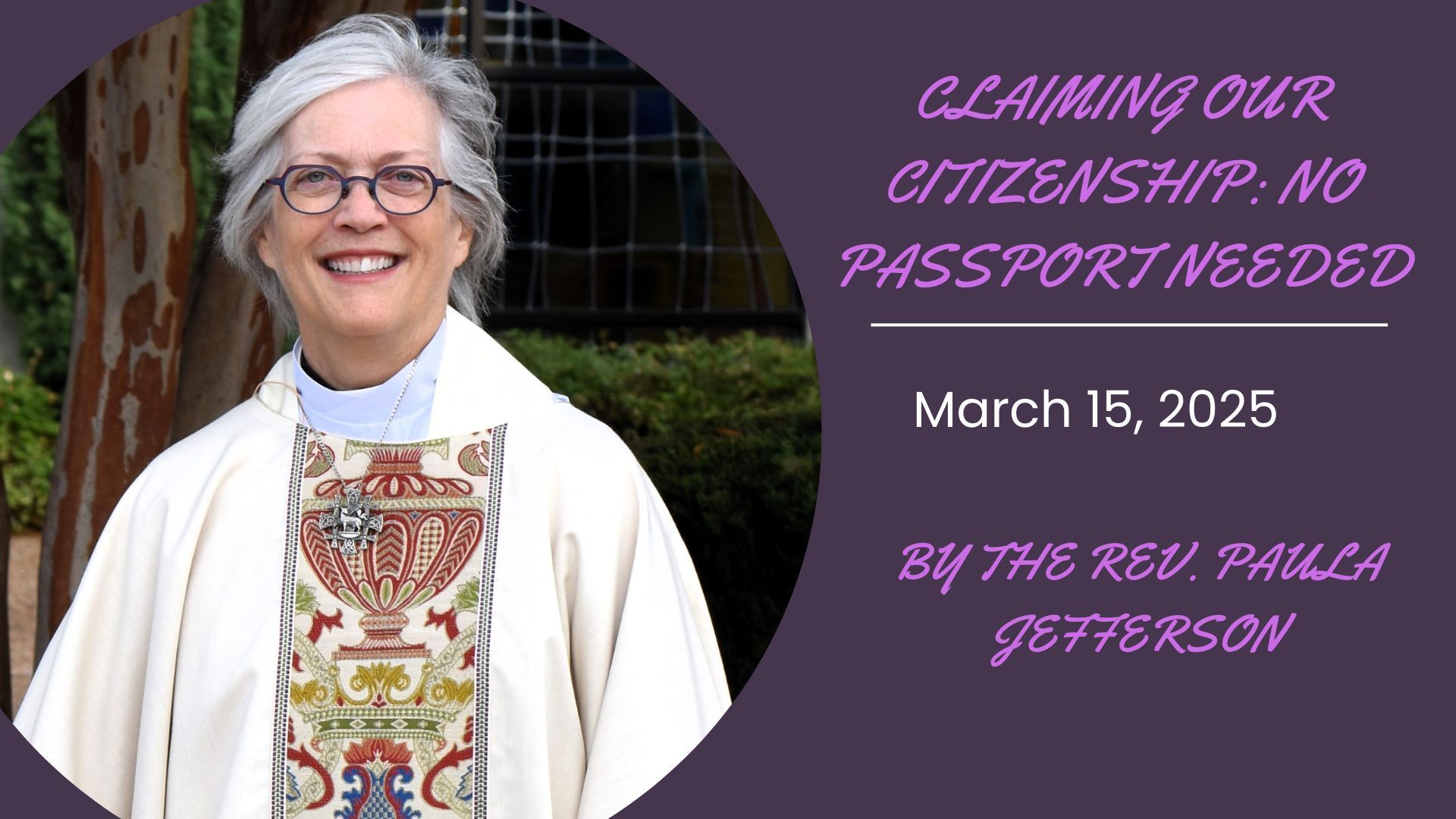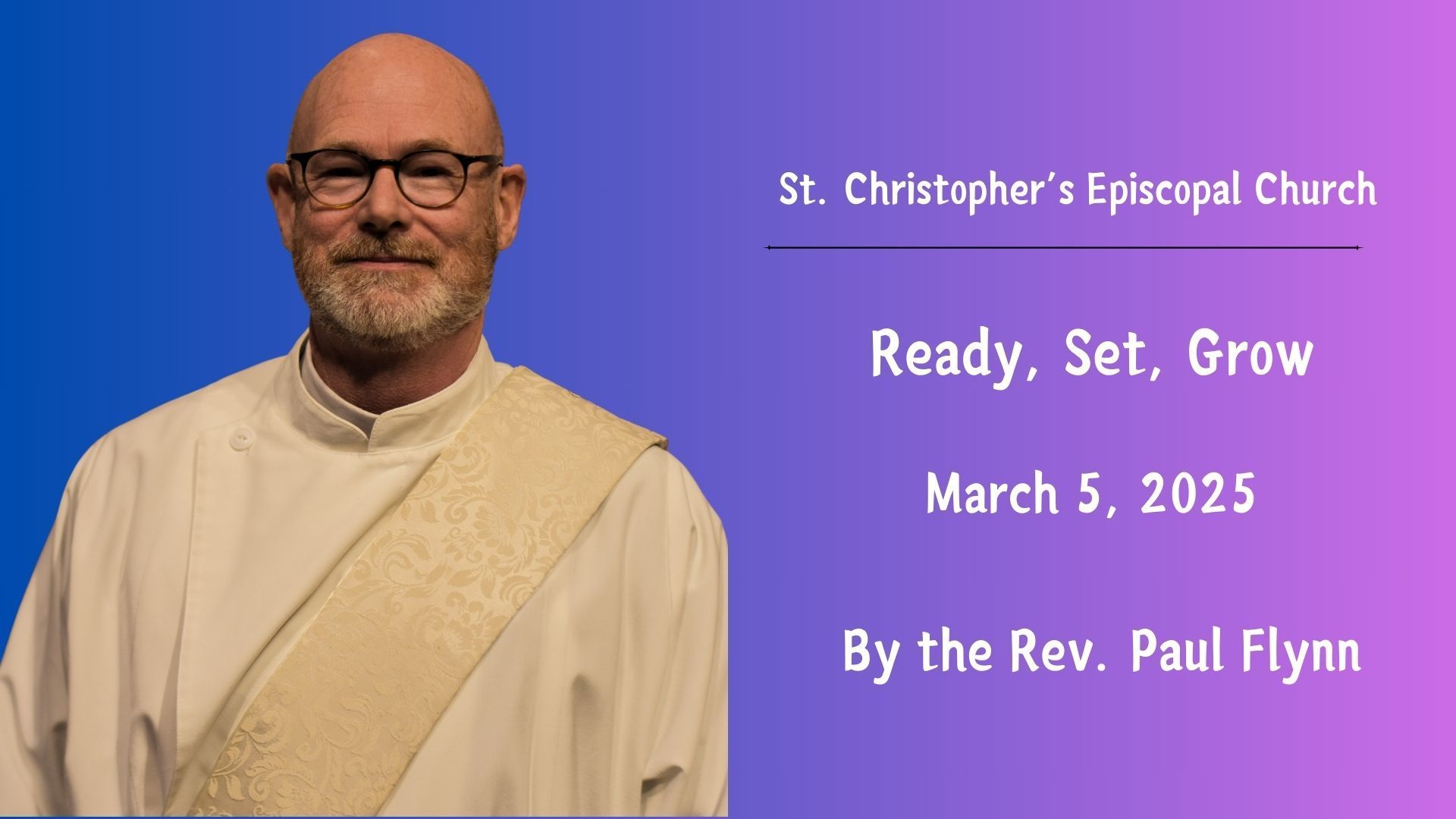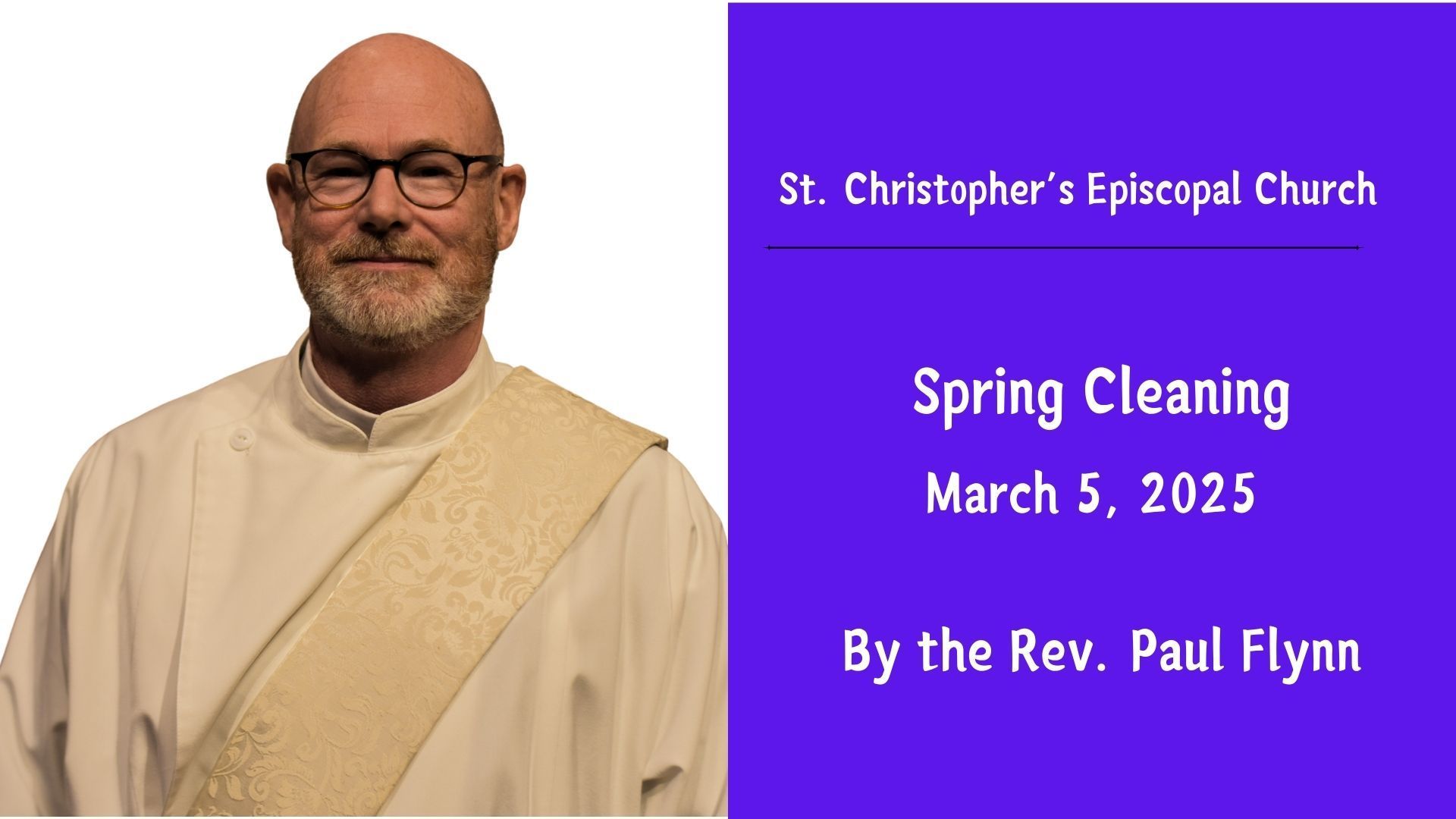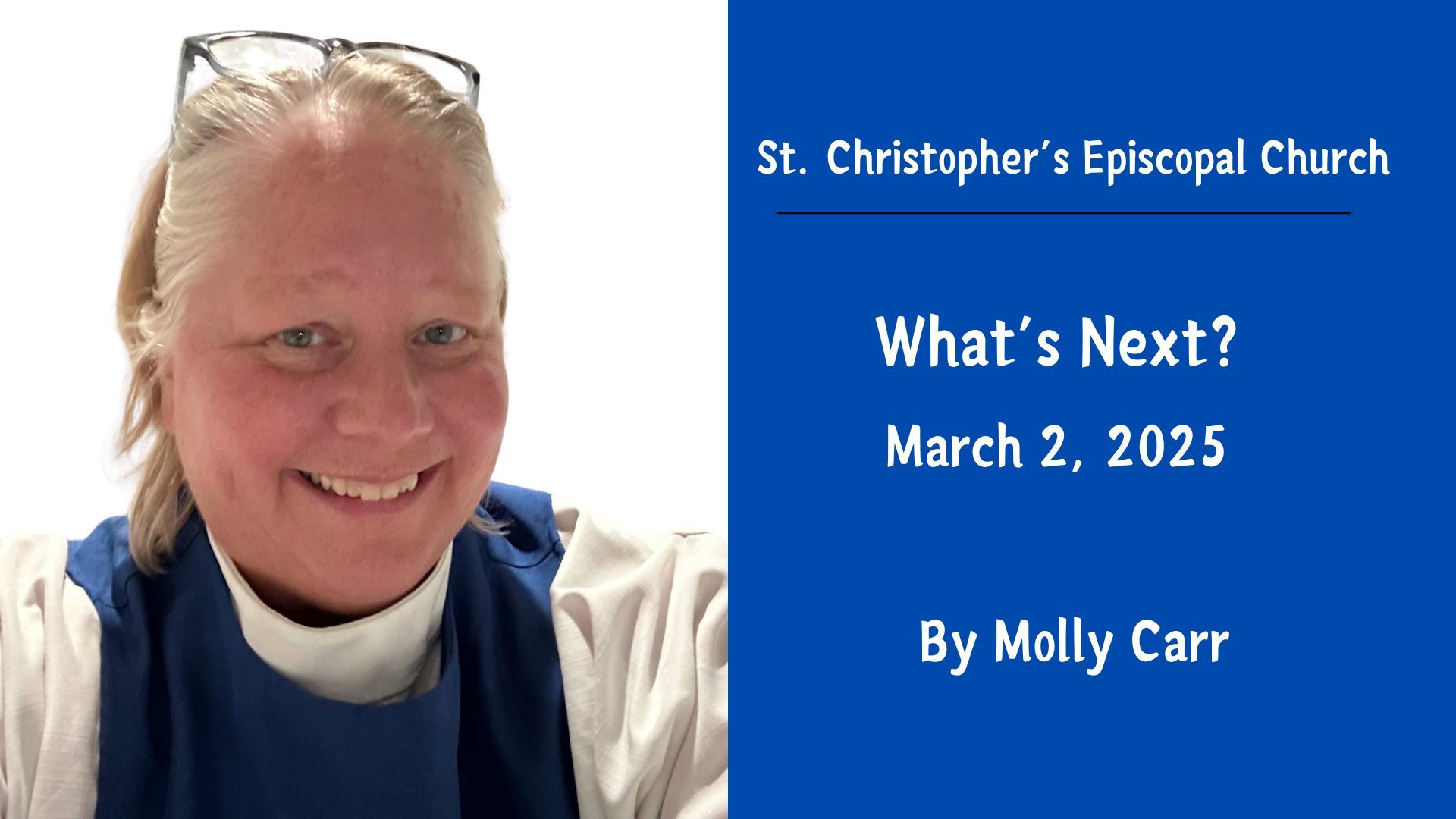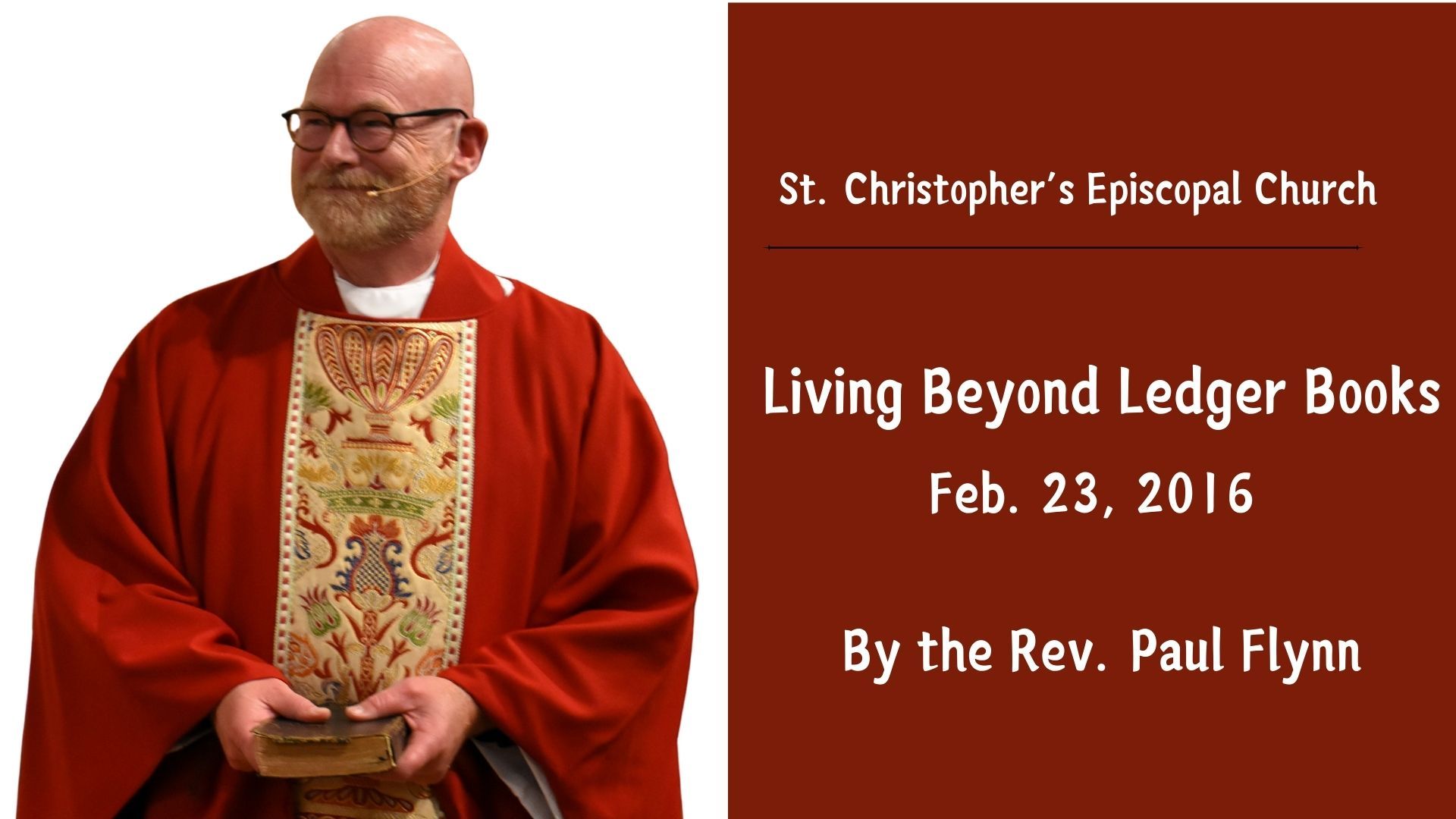Last year, I watched the movie Simon Birch in Barbara Greer’s backyard. Well, I watched 95% of the movie. Simon is a child. He is born with physical disabilities; but he is certain that he is born to do something magnanimous—something that will give his life meaning.
At the end of the movie, Simon gives his life to save children. When it became apparent to me that Simon would die, I left. I couldn’t bear to watch this character, that I now cared about, die. It felt real.
It is difficult to imagine how Jesus’ friends felt on this day. We have the benefit of knowing that God’s story does not end today. But the disciples did not know. Even yesterday, as Jesus washed their feet, they did not fully understand the meaning of his life.
Most of them left the scene of the cross. Were they afraid? Were they devastated that life as they had come to know it had changed? Maybe they just couldn’t bear to watch as he died. Because this death is real.
Mary Magdalene was among those who remained at the cross. She was near him as he writhed in pain, as he asked for water, as the soldiers and people mocked him. She bore his pain with him—not physically of course, but emotionally.
We hold Good Friday in tension:
• Our grief for the tortured death of Jesus
• Our grief for our own mortality
• Our hope for a world that yearns to be reconciled
• Our faith that guides us through this fragile life
• Our joy that rolls away the rock
• Our expectant hearts that await Christ
Good Friday invites us to sit with the disciples, to feel the hopelessness of “the end”. And to hold that feeling in tension with our own expectation of God’s unending story. Jesus said to us, “I am always with you”. Even now, God’s inescapable love surrounds us—here, at this cross—and out there…in a secular world that barely remembers today is the day.
Amen.


